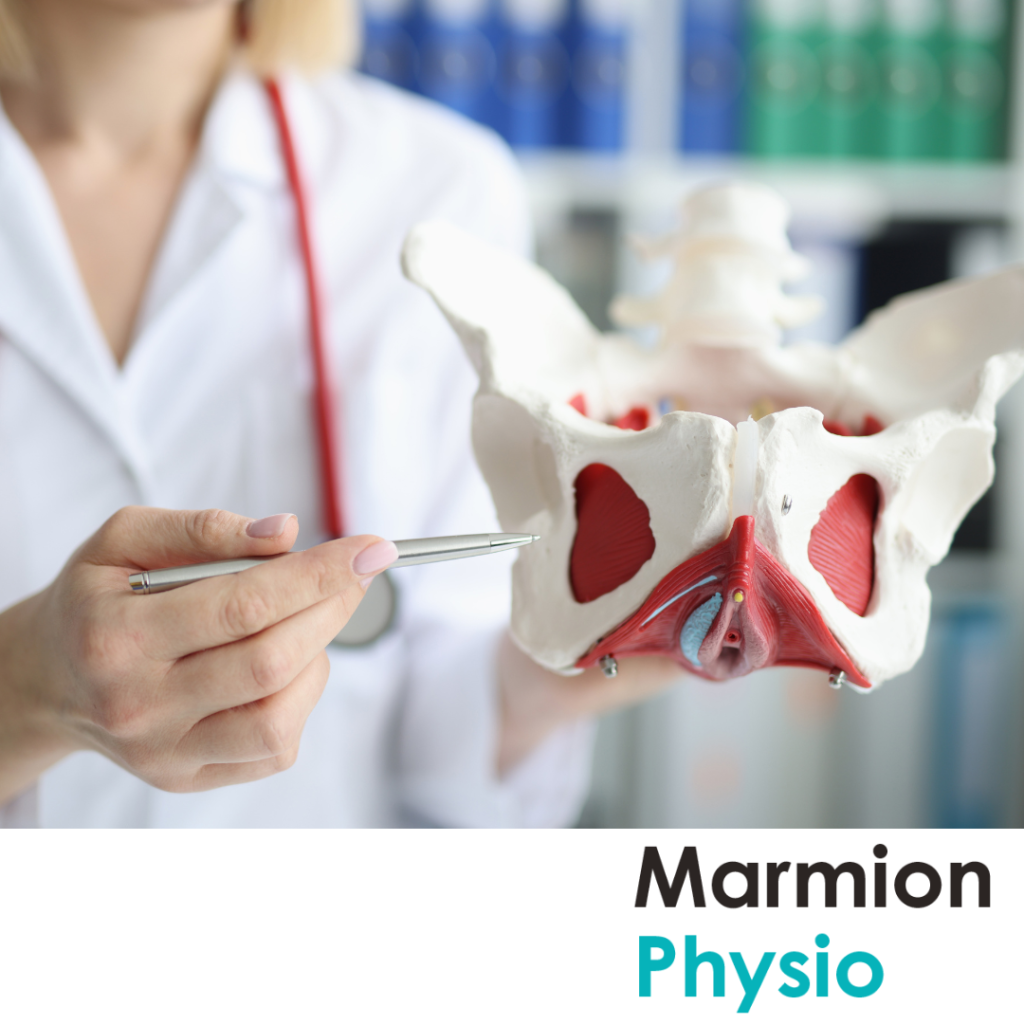What is pelvic pain?
Any perceived pain in the pelvic region (at the front from belly button to upper thighs, at the back from the sacrum (very lower back) to tailbone, saddle groin area including the genitals.
In fact, 80% of people experiencing chronic pelvic pain (for more than 6months) will have some contribution of their symptoms from pelvic floor muscles. When we experience pain, muscles surrounding the area are more likely to become tense.
Therefore, organs, muscles, nerves and tissues in the pelvic area can contribute to pelvic pain symptoms. Particularly those experiencing bladder pain, irritable bowel syndrome (IBS), genital pain, skin conditions, inflammatory conditions, endometriosis, musculoskeletal conditions and many more.
What can be done?
Listening to your individual story and understanding your own contributing factors to pelvic pain, can help identify the best course of management for you. Pelvic Physiotherapy can help you consider many conservative options that are helpful like; good bladder and bowel habits, pelvic floor relaxation (downtraining), massage, exercise programs, mobility/stretching routines, yoga/tai chi, individual paced exercise programs, goal setting, muscle relaxation techniques, electrical therapy if indicated (like TENS). There is strong evidence to suggest that a multidisciplinary health care team is best to assist your pelvic pain in a holistic manner. A Pelvic Physiotherapist can be part of and facilitate a team of health professionals to help you best manage your pelvic pain.
For more information or to book a pelvic health Physiotherapy appointment please contact us on 94486588
